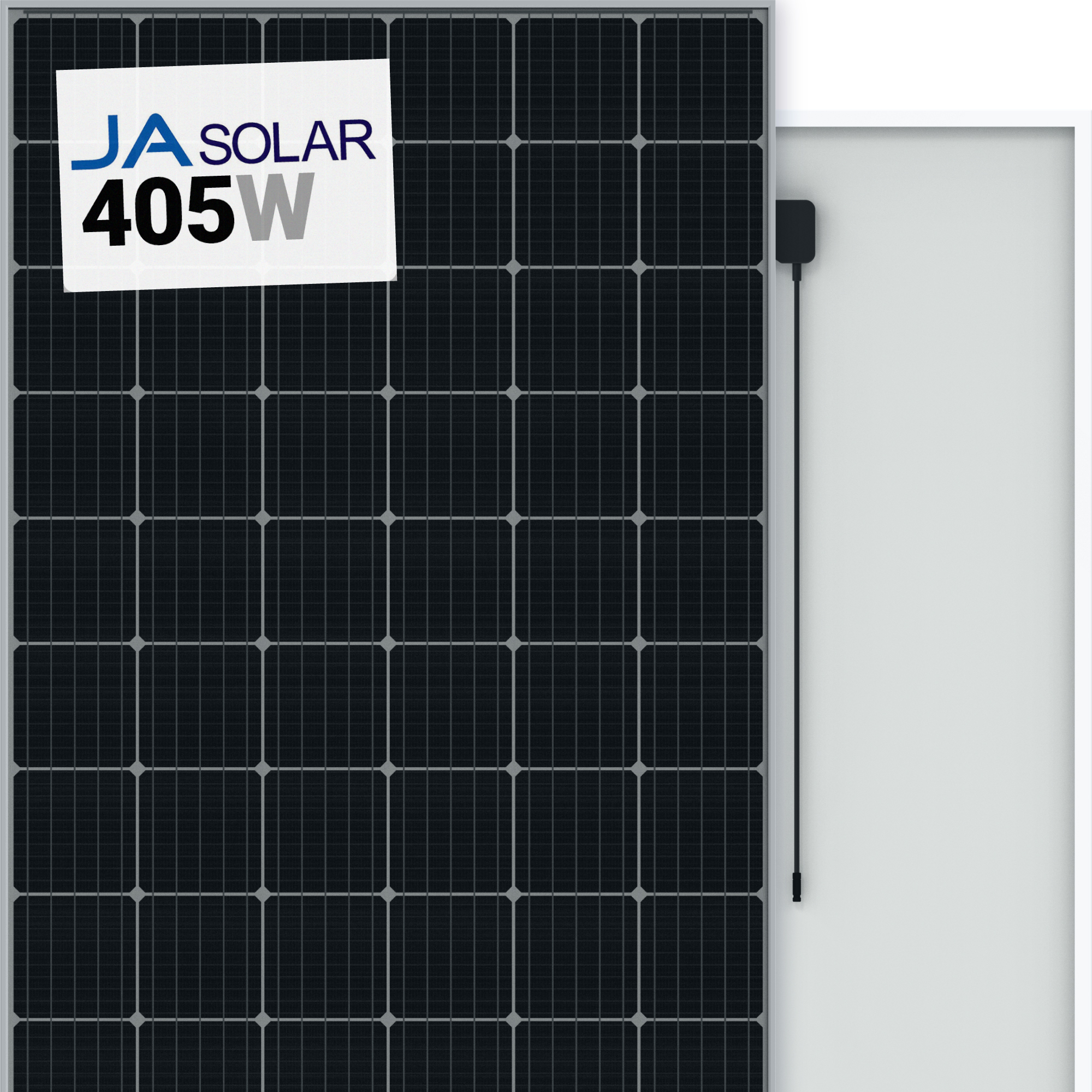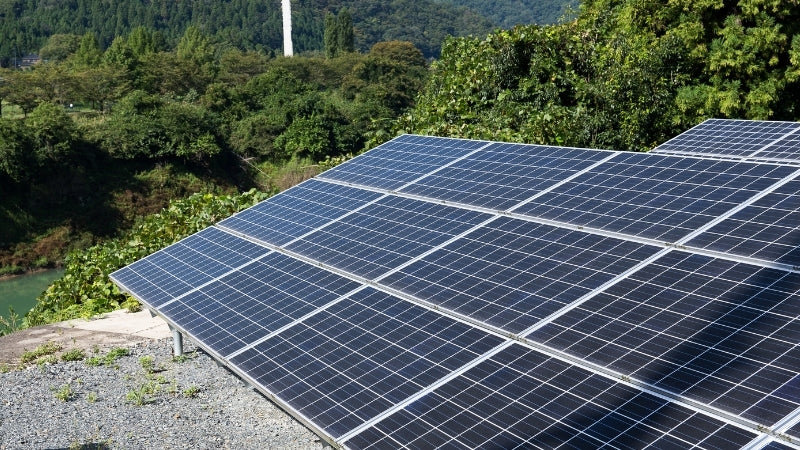You ought to return the Amazon items. You can do much better with other sources.
Plan a design with PV panels, charge controller, inverter that work together with your batteries before buying any components.
The maximum PV input voltage of charge controller is a key parameter, and Voc of PV panels x number of panels in series has to be adjusted for record cold temperature of your location (which makes voltage about 15% to 20% higher) to check the design.
There are many vendors selling used commercial PV panels, taken off utility-scale PV plants or commercial rooftops. You will see some sellers on Craigslist. You can sort eBay results by distance. Here's one vendor many of us are happy with, SanTan Solar:

store.santansolar.com
Large pallets ship by truck on a pallet, which can cost a couple hundred dollars. I save money by having them delivered to the trucking company's nearby freight yard and go with a pickup; they forklift pallet into the bed. If you have a hatchback what can fit the load, you could just transfer panels from pallet to your car.
Compared to $1000 for 10, 100W pallets, consider $200 shipping and $800 for 16, 250W panels at $50 each. That's 4000W of panels instead of 1000W.
SMA is top quality equipment that many people have been using for decades, both grid-tied and off-grid. However, it is one of the most expensive.
You could for instance assemble with 6000W SI-6048 US battery inverters (48VDC, 120VAC), two of them for 120/240VAC at $4780 each plus one 6000W Sunny Boy 6.0 US 41 PV inverter at $1300. (This is an AC coupled system. Your lithium battery should have an SMA-compatible BMS such as REC)
Alternative, one SI-6048 US at $4780 and one Midnight Solar Classic 150 charge controller for $925 (This is a DC coupled system. I think Midnight is OK with whatever BMS your battery uses.)
Here's one retail vendor, Alt E Store:

www.altestore.com
MidNite Solar Product Page.
www.midnitesolar.com
You can probably make a much less expensive system that is quite good enough based on other brands people here use. Some are a hybrid inverter with PV, battery, and generator (or grid) inputs.
One key requirement is the largest motor you have to start. Refrigerator? Well pump? Air conditioner? Those typically draw 5x as much as nameplate rating for a fraction of a second. Not all inverters can start them. (Refrigerator rating includes a heater but motor is probably 200W or 300W, so starting surge might be 1000W or 1500W. But the others can take 5000W or 10,000W)
PV panel mounts - should tilt panels toward sun and be secure against blowing over. Screws into 2x4 lumber is one way. Brackets can be used to extend out from under panels for easy accessibility.
The SP03 Solar Panel Z-Bracket (4 PACK) is a lightweight aluminum Z-Bracket designed for mounting solar panels to flat surfaces. Only $12.

store.santansolar.com








